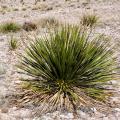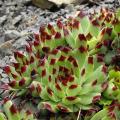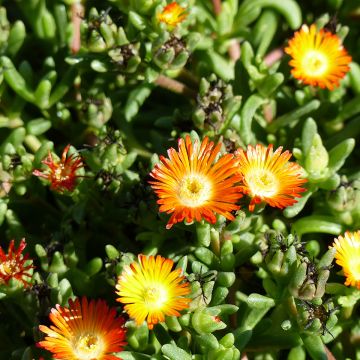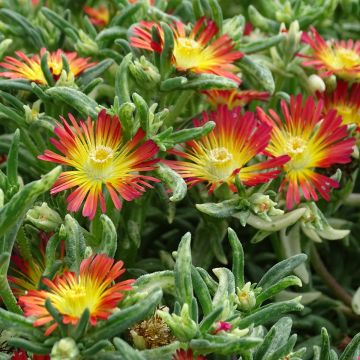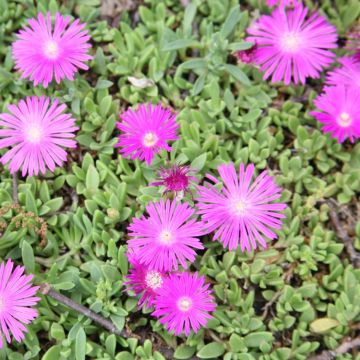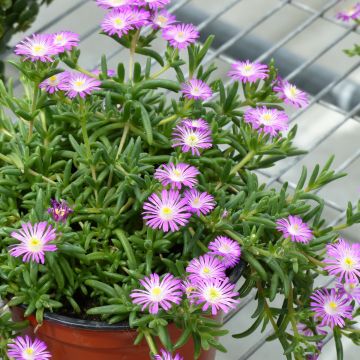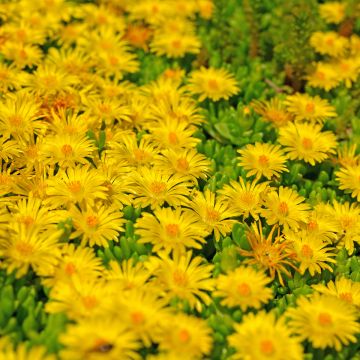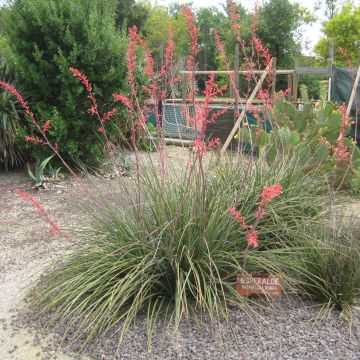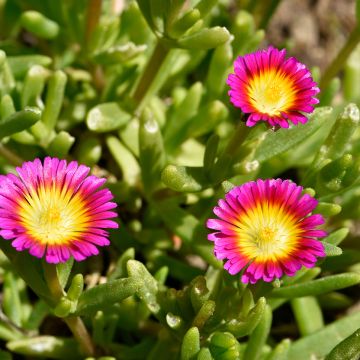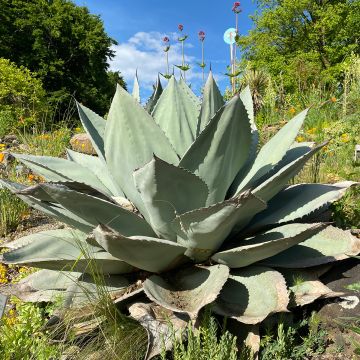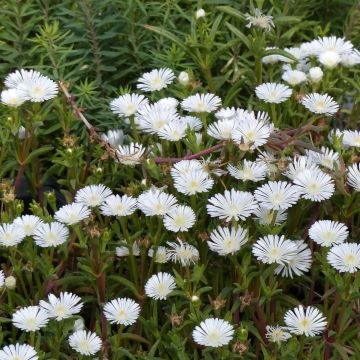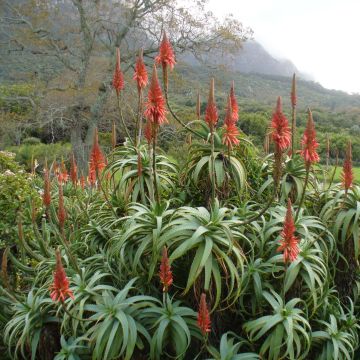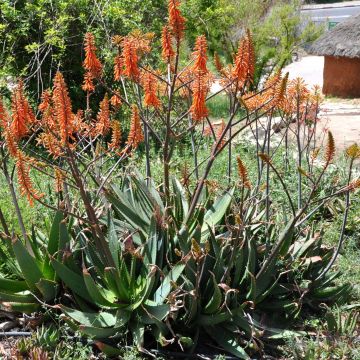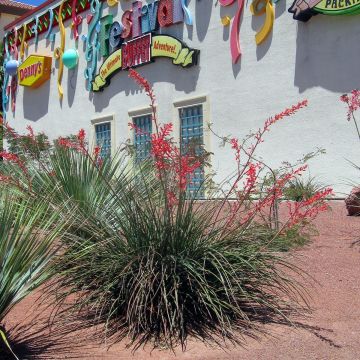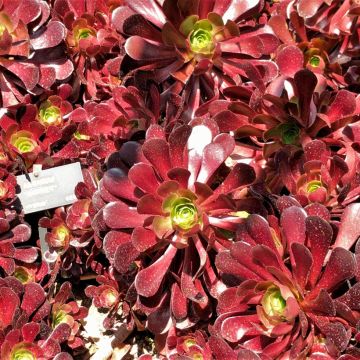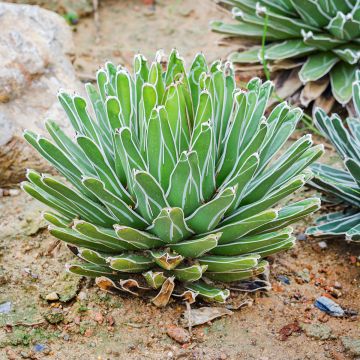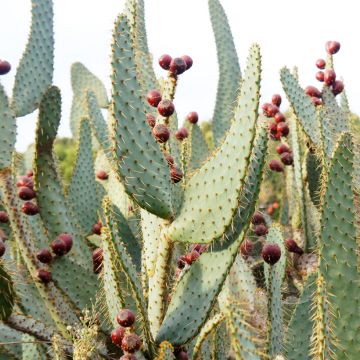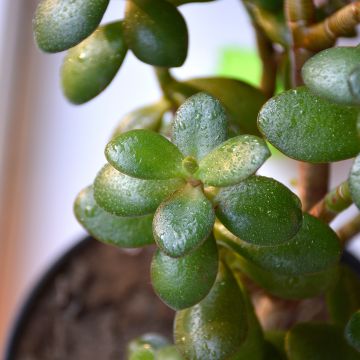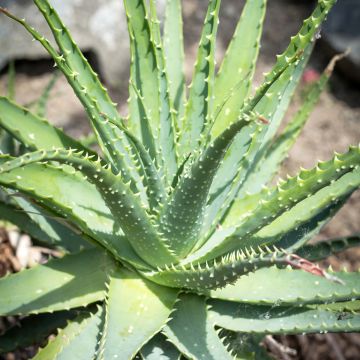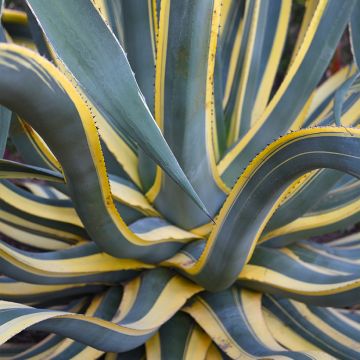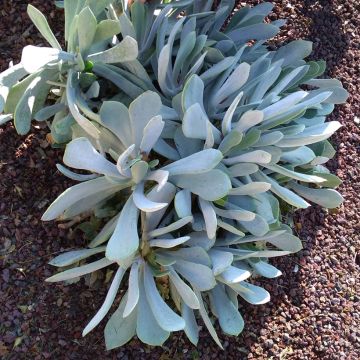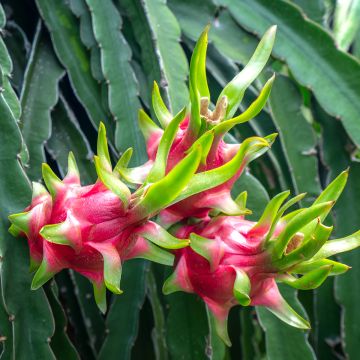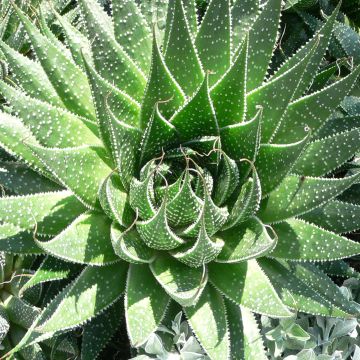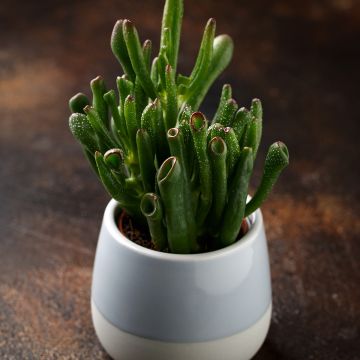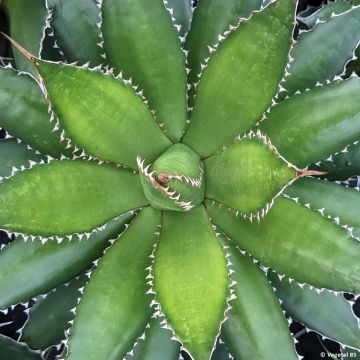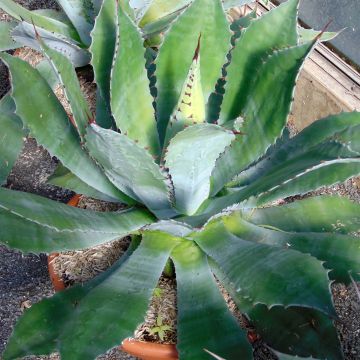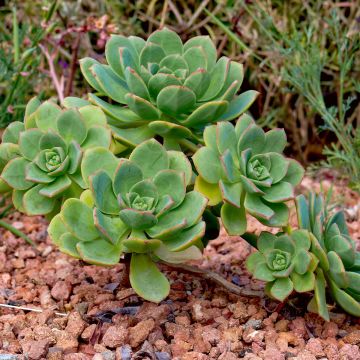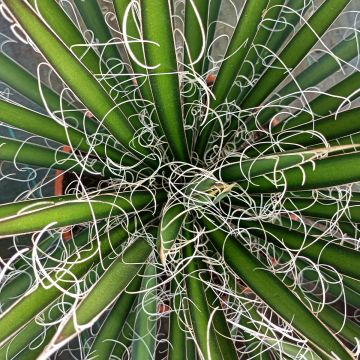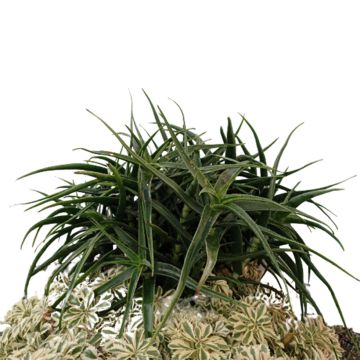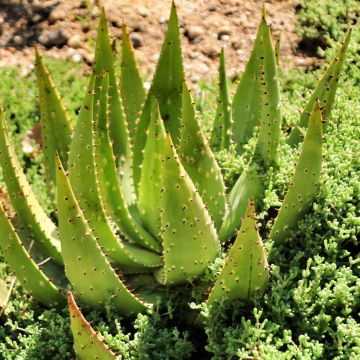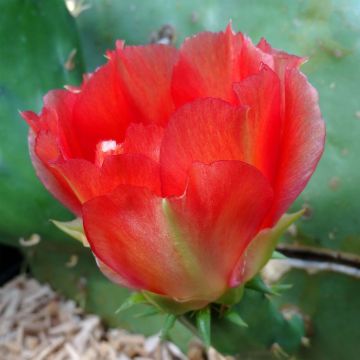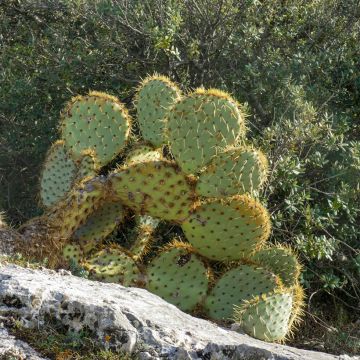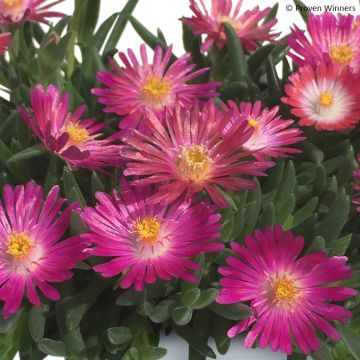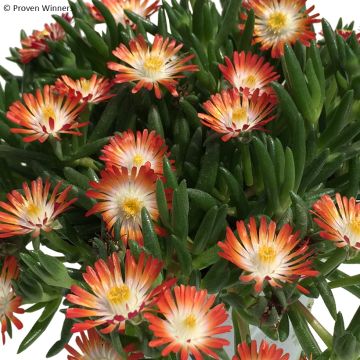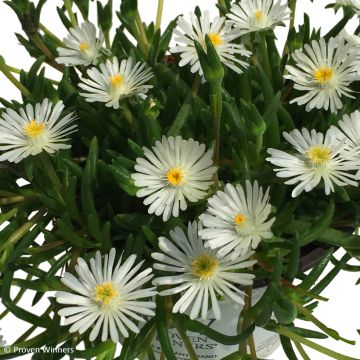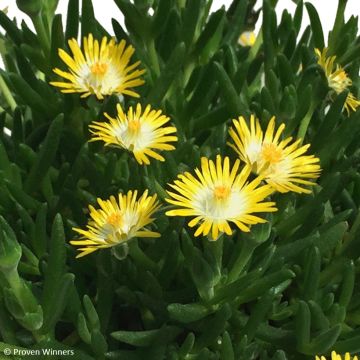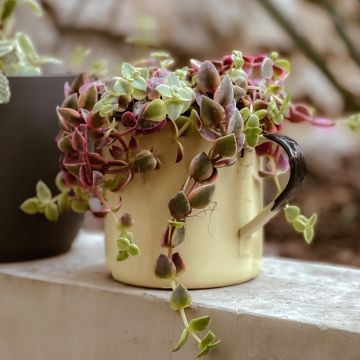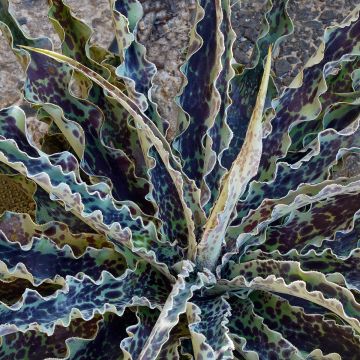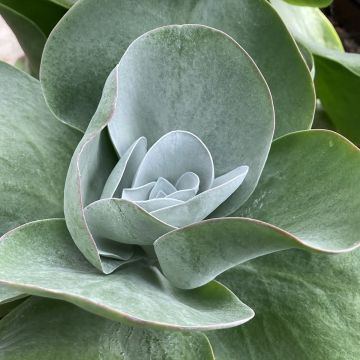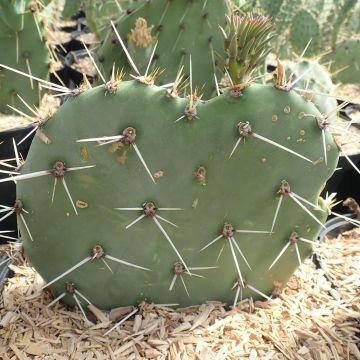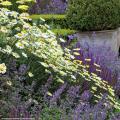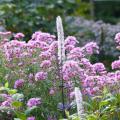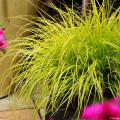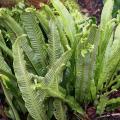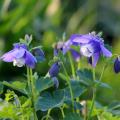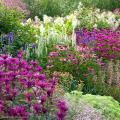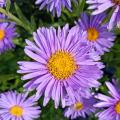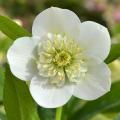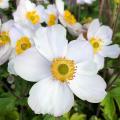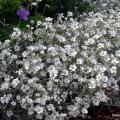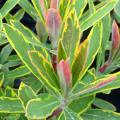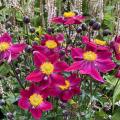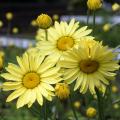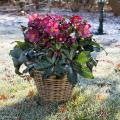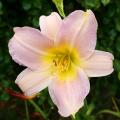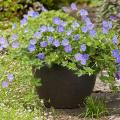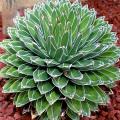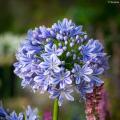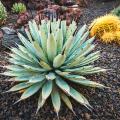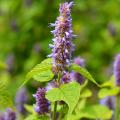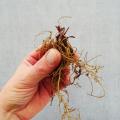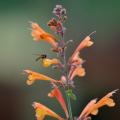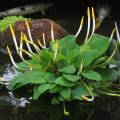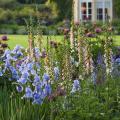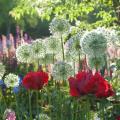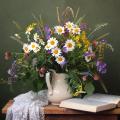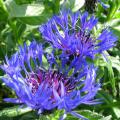Cacti and succulents
Does this plant fit my garden? Set up your Plantfit profile →
Available in 1 sizes
Available in 2 sizes
Available in 2 sizes
Available in 2 sizes
Available in 2 sizes
Available in 2 sizes
Available in 1 sizes
Available in 1 sizes
Available in 1 sizes
Available in 1 sizes
Available in 2 sizes
Available in 1 sizes
Available in 2 sizes
Available in 1 sizes
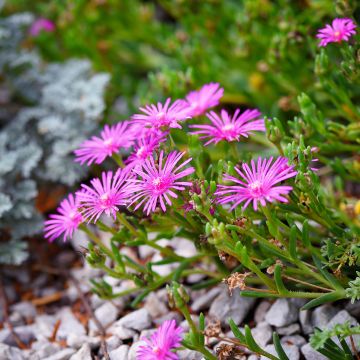
Available in 2 sizes
Available in 1 sizes
Available in 1 sizes
Available in 1 sizes
Available in 1 sizes
Available in 1 sizes
Available in 3 sizes
Available in 1 sizes
Available in 1 sizes
Available in 1 sizes
Available in 2 sizes
Available in 1 sizes
Available in 1 sizes
Available in 1 sizes
Available in 1 sizes
Available in 1 sizes
Available in 1 sizes
Available in 1 sizes
Available in 1 sizes
Available in 1 sizes
Available in 1 sizes
Available in 4 sizes
Available in 1 sizes
Available in 1 sizes
Available in 1 sizes
Available in 1 sizes
Available in 1 sizes
Available in 1 sizes
Available in 1 sizes
Available in 1 sizes
Available in 1 sizes
Available in 1 sizes
Available in 1 sizes
Available in 1 sizes
Available in 1 sizes
True living symbols of resilience in the face of extreme heat and drought conditions, cacti and succulent plants are perennials that are among the most beautiful and astonishing vegetation on our planet, especially in desert climates.
Succulents are fleshy plants that have the ability to store water in their tissues. Their leaves are often small in size, sometimes covered in wax or small hairs. All of this allows them to minimise water loss as much as possible. In our gardens, we know sedums and stonecrops among succulent plants. They are hardy and easy to grow, and they thrive in sunny locations with well-drained, poor or chalky soil.
Cacti are succulent plants as they store water in their tissues, but they all belong to the large family of Cacti. Cacti differ from other succulent plants thanks to their areoles, small protuberances from which spines, hairs, and flowers emerge... Speaking of spines, not all cacti have them. Some have small prickles called glochids. The spines and these small prickles are ultimately just branches and leaves that have evolved to minimise transpiration. Furthermore, they also protect them! Sometimes a bit too much... as gardeners can verify. Some are not very hardy and should be grown in pots in a conservatory or in the ground in frost-free gardens, like Vatricania guentheri (Candle cactus) or Echinopsis (Sea urchin cactus), or even Cushion cacti like Mammillaria. Others can be planted in the ground such as Opuntias, of which there are many different varieties, the most famous being Opuntia alta or the Prickly pear cactus and even the very astonishing Cylindropuntia imbricata with its unique habit.
In the end, cacti and succulent plants all require the same conditions: sunlight and light, well-drained soil. If you can provide them with these conditions, whether in pots or in the ground, you will keep them for many years.
Haven't found what you were looking for?




































